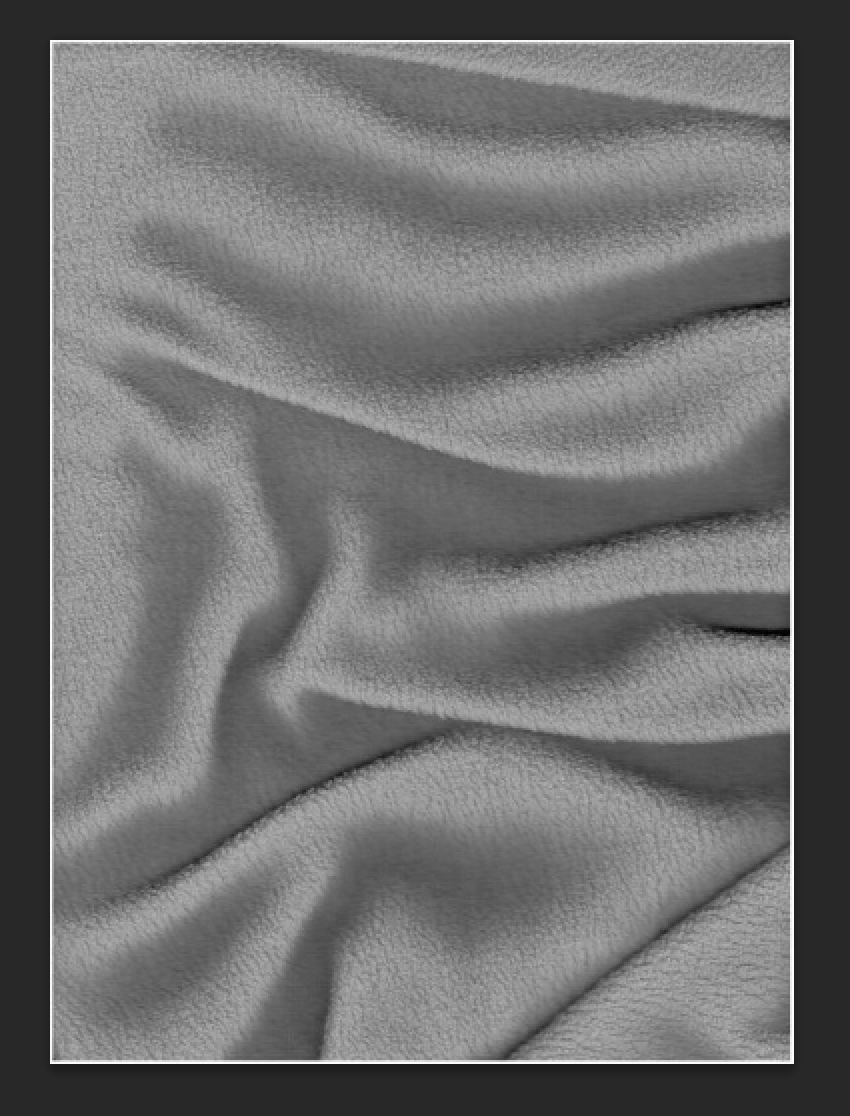Business cards
I set out six art boards on Illustrator and started arranging three photos for each city into the space inside the border. Using the angles of the architecture in the photos as a guide, I created three diagonal breaks in the image to reproduce the angled aesthetic I will carry across all three adverts.
I also experimented with different alignment of the type at either side and a drop shadow border around the main white frame, which I chose against.
A6/A5 leaflet
On two A5 canvas' I drew in a centre line and placed the images within 4 / 5 columns of the 6 column grid.
Poster
I made up 12 photo card templates, adding 3mm bleed around the area to be cut out so that white space from the card behind isn't visible due to the card moving about slightly in the holder. I tested out colour on the front to add something to the poster but decided it wouldn't look right around the white box of text.
When creating the net for the pocket which will hold the unused cards, I had to plan out on paper how the card would fold, considering how far the photos inside would sit and how I'd stick it to the base of the poster. I came up with a simple net which allows the pocket to sit off the page at a slight angle, which means the photos inside wouldn't be covering the frames above.
The coloured photo is in place to show how high above the pocket it would sit - this is necessary so that the audience knows there are photo cards in there as a clue to interact with the design. The outlines are purely to show the size and spacial elements; the boxes won't be printed on the main board of the poster because separate cards will be stuck on to a back board to create the pockets.
At this point I don't feel satisfied with the poster design and intend to rethink the layout and design to create something with a similar aesthetic to the other two print adverts but that will also work as an eye catching poster.
I tested out a range of gradients and after receiving some feedback I decided to opt for something less heavy. The website name is visible in the top right corner so the audience knows where to visit straight away if the poster catches their attention. The title is at a larger size but fades into the background more in its pale shade of grey. I also moved the pocket holding the cards to the side to alter the composition making it more balanced across the whole layout.



































































